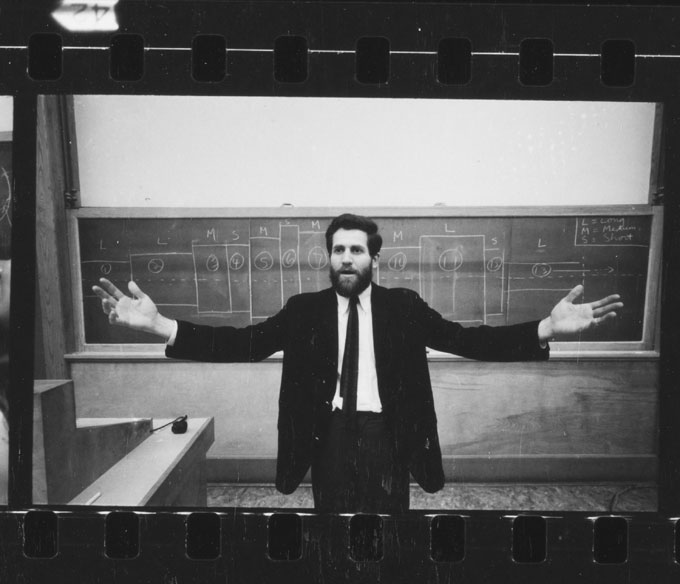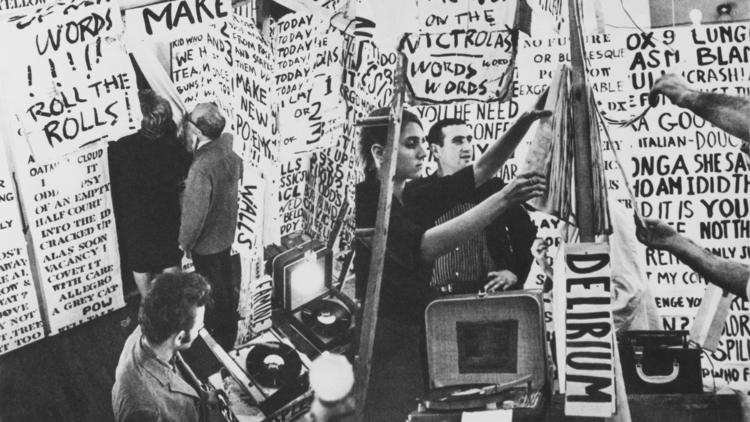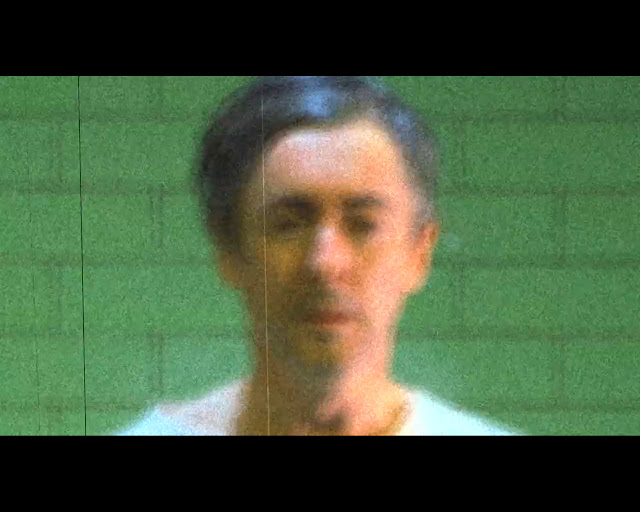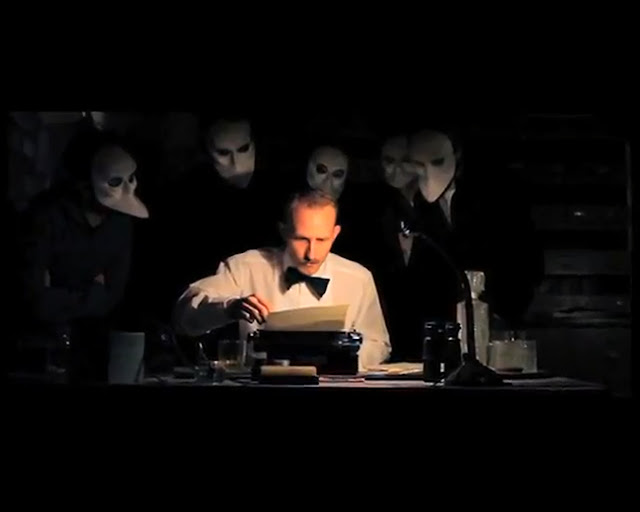The many Shakespeare-inspired performances about lately, plus one more, and my admiration of them all, provides the runway this time, public/private space as the control tower, skies are blue, and we are cleared for takeoff.
 |
| Above, from top: Alan Cumming’s Macbeth; Sleep no More’s Macbeth; New York Classic Theatre’s Twelfth Night; Pina Bausch’s Orpheus & Eurydice |
Two of the four productions are of the same play and fittingly follow a very similar aesthetic, almost as if belonging to the same fictional universe. Set materials, colors, sounds, headspace, and the core idea of who is the real actor, where the play ends and life begins, vice versa, originating from Mac the Knife’s famous soliloquy.
The mutual collapse and inversion of the stuff which fattens the separation between the real and the unreal occurs elsewhere too. Sigizmund Krzhizhanovsky*, a great Soviet relic of a writer, wrote in Memories of the Future (if I recall correctly) about music, suggesting to the reader to see not music determined by time, but the other way around, as time residing in music. Think of it analogously: if time were like God, the intangible omnipresence that we invent to explain and reference unsolved riddles, then it certainly makes sense that Time (capital T) is manufactured, like an ostentatious statue or road sign. Music is the most visceral, consumable, renewable resource (and perhaps more importantly: the most dispensed to its own manufacture), the fossil fuel for the production of Time, which flares up near the end and vanishes. Coming back from music to daily life, we have a new formula for imitation of life. Via the creation of something proximate and second-degree, life or reality suddenly comes into brief focus. Just like through music are we able to suddenly sense time, through acting are we able to experience life and its complexity, play with it, experiment on it. This is the entire premise of Lincoln Center’s Macbeth: evidenced in how Alan Cummings’ character, who we as the audience (and the doctors in their little crimson-curtained booth– a brilliant role reversal in itself) understand is stuck in this life for eternity, creates an alternate reality for himself and therefore a purpose, a meaning, a role. And of course, as far as he is concerned, that is just as fulfilling as the reality he used to inhabit outside that mental institution. Tantalized, I began inventing a past for him.
The play ends with the same line as it opens. “When shall we three meet again?” The looping device triggers many ideas. It makes it all more crazy. It frames the entire happening of the play, its entire chunk of time, as something created: something real while we’re in it, but something absurdly false once the lights go out and we realize that it’ll begin all over again once we’re flung out of the picture. Symbolically and metaphorically is it the equivalent of living in a cage: a forcefield or membrance, outside of which infinity may lie, but within which there is no segregation of direction. In the gut of a cube, you turn around at every corner and rush to the next, unable to tell the difference, and a mad loop begins, like those bouncy pong-inspired screensavers.
Sleep No More one-ups this degree of madness. It starts with the loop, but shuffles it all up like a deck of cards, which according to Ian Stewart, if done perfectly, will eventually result in shuffling the cards back to perfect order again. Like anything should, the scattered fragments culminate to give us a moment of supreme observation (the dinner)– something of a denouement.
Turning now to in the park….. and Pina Bausch’s . I was lucky enough to experience New York Classical Theatre’s Twelfth Night at both ends of its production life: firstly when the rehearsal stumbled upon me while I was sitting in the park some months ago (I was at one point surrounded by all the actors, repeating lines fron the final scene), and secondly for its closing night in Battery Park. The delightful sauntering and glimpses of improvisation by the characters with the audience became a picture made whole upon the backdrop of New York Harbor in the sunset, leaves whispering, and confused tourists passing by. Somehow refined theatre and those cheesy historical reenactments we attend in historic towns like Williamsburg VA had had a handsome child.
During the intermission in Pina Bausch’s Orpheus & Eurydice, my people-watching was interrupted by Charlotte’s comment about the origins of the pace of modern storytelling. I am constantly reminded by my classical music buffs living in Vienna that opera used to be the golden standard of all artistic production (Wagner’s emphasis on the Gesamtkunstwerk) and that opera involved all disciplines. The performance itself (which is what draws my interest presently) was equally as involved. People would spend an entire weekend at the opera house, a few hours each day. The idea was to go home and contemplate what one had just seen, allowing it time to stick, then forcing one to commit more to the story and the outcome. This pace is what modern television is meant to approach. Even today many hold the opinion that TV series binging saps the viewer of any long-term commitment to the characters. Giving an audience a day or a week in between episodes forces one, in anticipation, to mentally enter the story. The brilliant turn is that while you’re in the world of the show, you may realize that the story is in fact mirroring your every day life.
I turned my attention back to the folks on the balcony in the David Koch Theater with champagne flutes in their hands. Below, loafers and shiny white pants were ordering gelato from a stand. Avery Fisher hall, the fountain, and the opera house loomed across the way. Was I in New York, or in Europe? Back at the opera house, circa 1850, wealthy patrons sit in the upper balconies and have tea served them as the drama unfolds below. This detail is incredibly vital: suddenly their attention is divided between two things. Suddenly the possibility of missing a line of dialogue arises. Suddenly I realize that the glacial pace of opera was in fact manageable because it in fact didn’t demand unceasing focus for 4 hours at a time. The stretching of events happened even at the scale of seconds. Of course you’re not going to catch every single detail, nor were you supposed to. It was more of a background happening (see: Happenings — and their champions Allan Kaprow, Claes Oldenburg, Vito Acconci, Robert Whitman et al.) in the presence of which you’d stumble upon observations or notice events take place, and which gave you an alternate, outer zone to withdraw to engage in contemplation, but which wasn’t necessarily exalted as a perfectly composed thing. In a way it is a nod to life, an homage to the way life seems to pass us by, taking opportunities and events with it before we get the chance to catch them.
(As an aside, and opening the portal to an entirely other conversation, the difference between politics and art is actually the attitude of the audience. Here I use politics a bit more fluidly to include events, lectures, elections, protests, war, and the like. In these there is an invasion of privacy, a pushing up of the front of the extraordinary against the battlements of the mundane which we mentally erect in order to attempt to force patterns upon an inherently discorant and moment-to-moment existence. The concept of “day-to-day” is an invention credited entirely to civilization. Of course, nothing is completely insulated from disturbance, and this results in perhaps a slight “observer’s blues”, or an arthritic passivity, due to the simple fact that this strange event occurring before you is a species you’ve never seen before– nothing like the tame, docile creature of everyday life. It’s aggressive, confrontational, but not deadly. It magnetizes attention. Remember OWS? I suppose Slavoj Zizek would encourage one to see the moment through and do it justice by engaging it full-on, absorbing its energy so that the subsequent withdrawal back into daily life may make one appreciate their opposing extremes. I suppose my father, on the other hand, would resolutely refuse to follow the crowd, as goes his theory that mediocrity is a universal state in humanity– aligning with Hobbes– and knowledge the exception, and it must be protected at all costs. Attempts at its dissemination should also be avoided, he says, because ignorance behaves like a black hole, and will remain empty no matter how much you try to enlighten it. But tracking back, what I am trying to highlight is the performative nature of any event; and the key detail to pay attention to is the individual audience member.)



Before art was the “escape” from life, but now that principle is not only knee-jerk but also actually false. Art and life are now invading each other’s space more, and art is not the escape from life but more of a parallel universe experienced with just as much importance as the day-to-day.
Logically, this draws me to an observation quite close in pitch to one I made in Yarn II of Abstraction to Figuration, namely the broadening, over the past few centuries, of artistic merit and legitimacy to include ideas in rawer and less developed states.
Our generation is unhindered by such fathoms of possibility because we are handed an equally vast set of expressive tools to communicate and publish with.
Does this then mean that, barring diversions from the current trajectory, there may come a period in which people no longer “go” to theatrical, operatic, cinematic, or musical performances (architecturally eliminating the demand for “venues”), and instead where those performances exist organically (for lack of a better word) in everyday space? Performers and films would be playing out continuously, music would be ringing out at any moment for anyone interested in listening, and all performative art forms would take on a life of their own that is indeed whole and completely independent of those interested in perceiving them. And purveyors of those art forms would be living a new incarnation of art for art’s sake.


